Search Images
Browse Content (p. 1310)

Image
The Atrahasis III Tablet
Old Babylonian clay tablet "Atrahasis III."
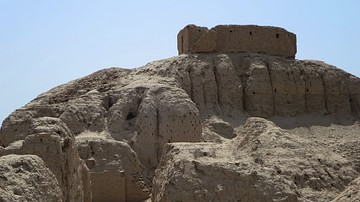
Image
Nippur
Ruins of the Temple of Enlil at Nippur.
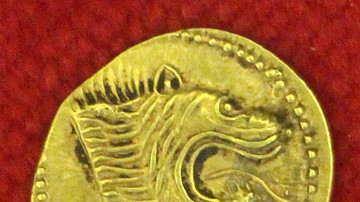
Image
Etruscan Gold Coin
Etruscan gold coin from Populonia, 5th century BCE.
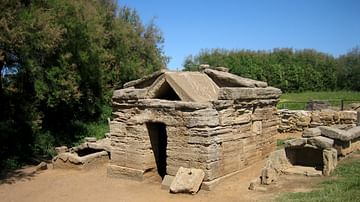
Image
Etruscan Tomb at Populonia
A stone Etruscan tomb from Populonia, north-western Italy. It is known as the 'Tomb of the Bronze Statuette of the Offering Bearer' after a figurine bearing an offering was excavated there. 530-500 BCE.
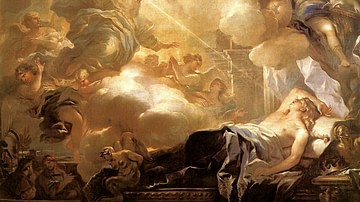
Image
Dream of Solomon
A 17th century CE oil painting by Luca Giordano titled 'The Dream of Solomon' depicting the moment God gives the king of Israel his legendary wisdom.
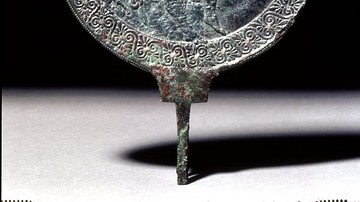
Image
Etruscan Bronze Mirror Showing Hercules
An Etruscan bronze mirror back showing the abduction of Miacuch by Hercules. 500-475 BCE. (British Museum, London)
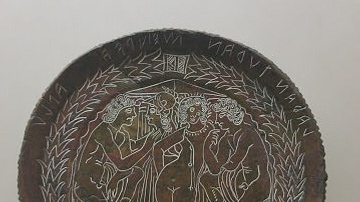
Image
Etruscan Bronze Mirror
An Etruscan bronze mirror with an engraved scene depicting the gods Laran (Mars), Turan (Venus) Menrva (Minerva) and Aplu (Apollo) - all indicated by the inscription around the edge. 300-270 BCE. (National Etruscan Museum, Rome)
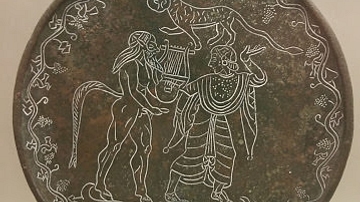
Image
Etruscan Bronze Mirror with Nymph & Silenus
An Etruscan bronze mirror with an engraved scene depicting a nymph and Silenus. 500 BCE. (National Etruscan Museum, Rome)
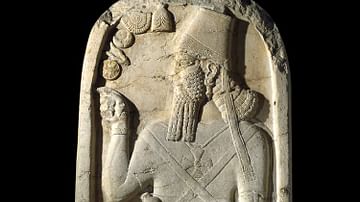
Image
Stela of Shamshi-Adad V
The limestone Stela of Shamshi-Adad V. Neo-Assyrian, 815-811 BCE. The king is shown giving a gesture of blessing before five divine symbols: Anu's three-horned crown (top), a winged-disk, disk and crescent, fork, and Ishtar's 8-pointed star...
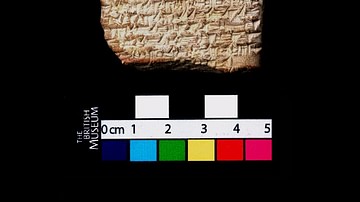
Image
Myth of Adapa
Fragment of a Neo-Assyrian clay tablet from the Library of Ashurbanipal, part of the Adapa myth, with 21 lines of inscription.